Oakland Chinatown: A Town of Heavy Hitters Much Like The Oakland As
Much like the Oakland Athletics circa 1988, Oakland Chinatown is an all-star team. With “healing hands” Chinese medicine practitioners to noodle soup joints that have earned cult-like followings, Oakland Chinatown is full of heavy hitters with whom, until now, only insiders have been familiar.
Central City Plaza.
A Chinese Community. Despite a characterization of Oakland Chinatown as a pan-Asian community, it is in fact predominantly Chinese and Chinese-Vietnamese. Starting in the 1970s, a flood of families from China and Hong Kong moved into the then-newly-built condominium building shown here, known fondly to many as “中山大廈” or Chungsan Plaza. With 328 units and over 1,000 tenants, Mr. Lim, a security guard who has watched over this building for close to three decades, estimates 90-95% of its tenants to be Chinese. Over the past two decades, there have been a few additional residential developments, including the Pacific Renaissance Plaza that was built in the 1990s by Hong Kong investors. Prior to the influx of Ranch 99 markets and other Asian strip malls, Oakland Chinatown served as home base for many Chinese families throughout the East Bay, including those from East Oakland, Piedmont, Alameda and even as far as Castro Valley and Fremont.
A Day in the Life of a Local. The charm of Oakland Chinatown is best illustrated by a walk-through of a typical day in this town. Early Saturday morning, I made my first stop at the clinic of Dr. Wong Mun Kwong, a 跌打醫生 (deet da/traumatology specialist), who has served the community since 1991. Though retired now, patients nonetheless insist on seeing him. With a line of patients already at 10:00 a.m., he allowed me to interview him while he skillfully massaged one patient with a wrist sprain. He obtained his medical degree in China, he said, and worked in the Guangzhou Hospital for 18 years. When he immigrated to the United States, traditional Chinese medicine (TCM) was not recognized in our hospitals so he opened his own clinic. In addition to Dr. Wong, another legendary Oakland Chinatown-based deet da specialist that served the Bay Area for decades is Dr. Mok Jee Wun, who is no longer with us. These two individuals have healing hands, and many East Bay Chinese kids who suffered sprains and strains from high school sports have sat in their offices at one point or another.
An herbalist at Hoan Cau Hong weighs the medicine for a patient.
One of Dr. Wong’s patients allowed me to follow her to a 藥材鋪 (yerk choi po/herbalist store). In addition to the massage treatment, she was advised to drink a brew of Chinese herbs two times a day. Handing over the prescription to the herbalist, he swiftly picked out the correct jar and weighed the amount she needed on his old-fashioned scale. Since Chinese medicine can be excruciatingly bitter, herbalists give out boxes of raisins for customers to eat along with the medicine.
Noodle Soup Heaven. My next stop was lunch. There are a variety of amazing restaurants to choose from in Oakland Chinatown. In addition to locals, young adults and thirty-somethings who either grew up here or were exposed to this part of town during their Cal Berkeley days still travel on a weekly basis from nearby cities to get their noodle soup fix.
Guo Kuo is famous for their Cantonese BBQ.
Add a spoonful of red vinegar to your egg noodles.
Gum Kuo. On this day, I chose to eat at Gum Kuo. A Hong Kong native once told me that the most legitimate bowl of wonton noodle soup outside of Hong Kong is served here. Indeed, radio personalities from Sing Tao Radio, Bay Area’s largest Chinese radio station based 40 minutes away in Brisbane, travel here and have been sighted, hiding in this noodle soup joint, slurping away, unrecognized by the crowd. Serving traditional Cantonese BBQ, a typical meal here consists of wonton noodle soup accompanied by a BBQ item, such as char-siu, roast duck or pork. Their 粥 (juk / rice porridge) is also good.
Wonton noodle soup connoisseurs will tell you that the texture of the egg noodles is critical. Few restaurants do this properly in the Bay Area but when they do, it’s best consumed with red vinegar, which can always be found on the table in a Chinese BBQ joint. Because egg noodles are traditionally rinsed with alkali water to ensure chewiness, the vinegar makes it more easily digestible.
Classic Guilin Rice Noodles. This new kid on the block, opened about a year ago, is worth trying. After falling in love with the delicate taste of 桂林米粉 (guilin mi fen / Guilin rice noodles) during a trip to Guilin a few years ago, I searched to no avail for something similar in California. There are places that call themselves Guilin noodle shops, but none came close to what I ate in China (for 50 cents a bowl). Last month, I skeptically walked into Classic Guilin Rice Noodles on 10th Street just to check it out and found, to my surprise, authentic Guilin rice noodles. Unfortunately, this restaurant received some negative Yelp reviews from customers who walked in expecting ramen, pho, and the like (um…wrong country, folks) and admittedly, the broth can be a bit salty. But the fact that we can get a real taste of Guilin right here in Oakland Chinatown is impressive. Like Guilin, the waitresses here speak only Mandarin. The noodles, they inform me, are made locally by a noodle sifu in Chinatown.
Vien Huong. If locals are reading, this restaurant needs no introduction. Number 21 with half egg noodles half flat rice noodles is my order, and regulars are very particular and consistent about what they want here. Soup on the side, extra kidneys, or a load of chili on top — everyone is adamant that their way of enjoying Vien Huong Chiu Chow noodles is the correct way. (For ideas, run a search on the hashtag, VienHuong (i.e., #vienhuong) on Instagram.) Vien Huong has a loyal following. At age 9, I recall standing outside with the crowd in a two-hour line, reading Chinese comic books purchased by my mother from the bookstore next door to pass the time. Today, the length of the line remains the same, and the children that I waited with are now parents, struggling to entertain and convince their restless children that it’s well worth the wait.
Hungry yet? Vien Huong (遠香) is hands down the best Chiu Chow noodle joint in California...and maybe the United States.
Bo jai fan--with its warm rice with sweet soy sauce--is so satisfying on a chilly, Bay Area evening.
Other places to eat include Best Taste Restaurant on Franklin, famous for their bo jai fan (clay pot rice). Sweet soy sauce over piping hot crispy rice and smoked meat is a delicious dinner option on a cold November night in the Bay. Also: bahn mi at Cam Huong, #17 with beef on the side at Pho Hoa Lao, xiao lung bao at Shandong, HK breakfast at Cafe 88. If you love Chinese food, the options are endless.
Ginger milk custard is a highly nutritious Chinese dessert.
The Sweet Booth. A trip to Oakland Chinatown is never complete without a visit to The Sweet Booth, which has been around for 20 years. The owner, a humble man who typically keeps to himself, takes great pride in his desserts, and everything is his own creation. Despite the obvious success in his business, his only employees have been his own children. Even then, they stick to the basics while he handles the more complicated desserts. His specialty? Ginger milk custard, which is made by pouring freshly-squeezed ginger juice over hot sweetened milk. When ginger is added to the milk, it catalyses denaturation of the protein in the milk, changing it from a water-soluble form to a water-insoluble form, and leads to the formation of milk curd. Well, at least I think that’s what he told me in Chinese. And though I am not a fan of boba milk tea, my friends who attended Chinese school in Oakland Chinatown will urge you to try Sweetheart Cafe.
Grocery Shopping. After lunch, some will spend the rest of the afternoon shopping for groceries. With block after block of fresh produce, live seafood and butcher shops, it’s no wonder that many Chinese families in this neighborhood have never stepped foot into a Safeway.

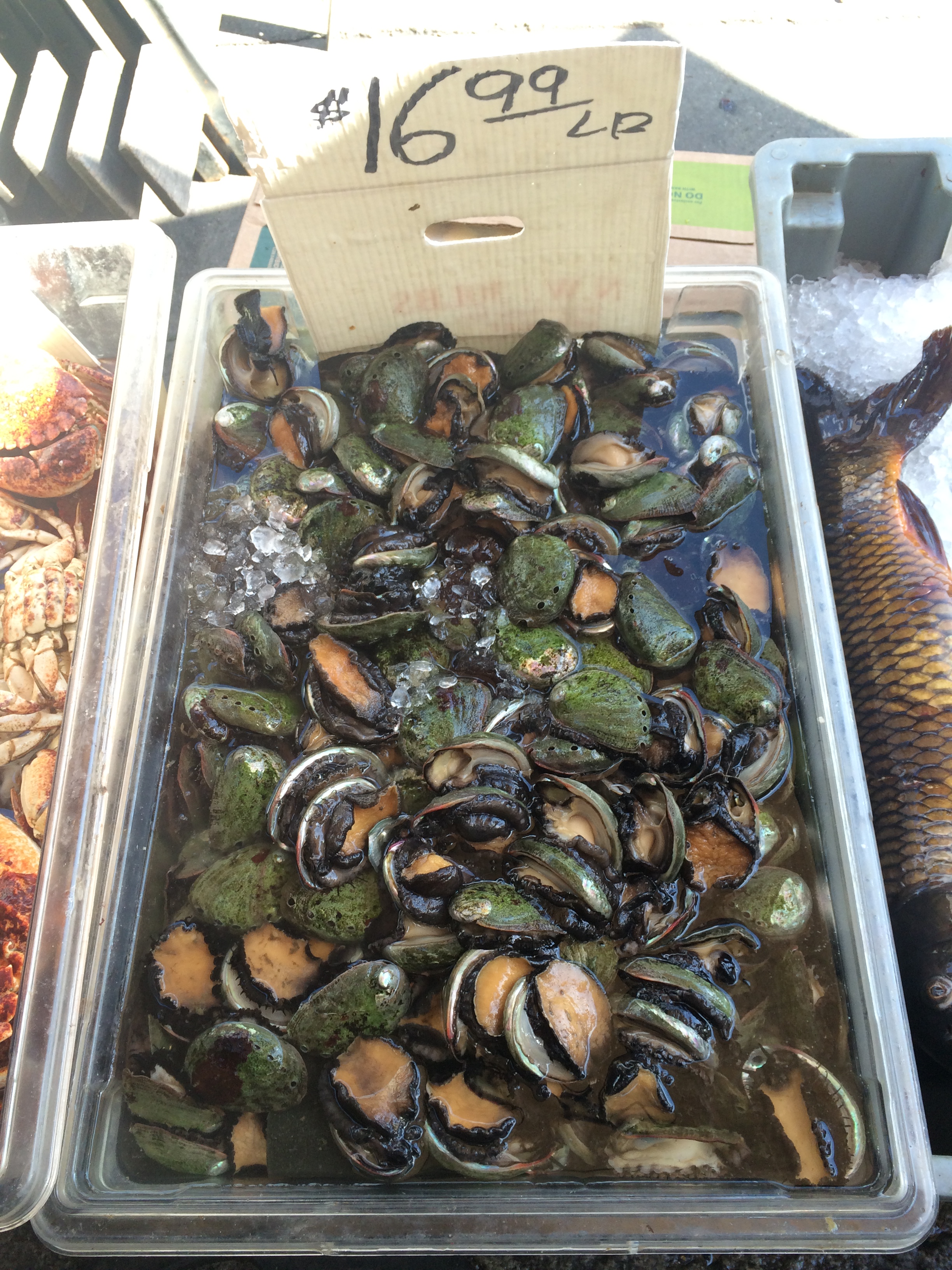
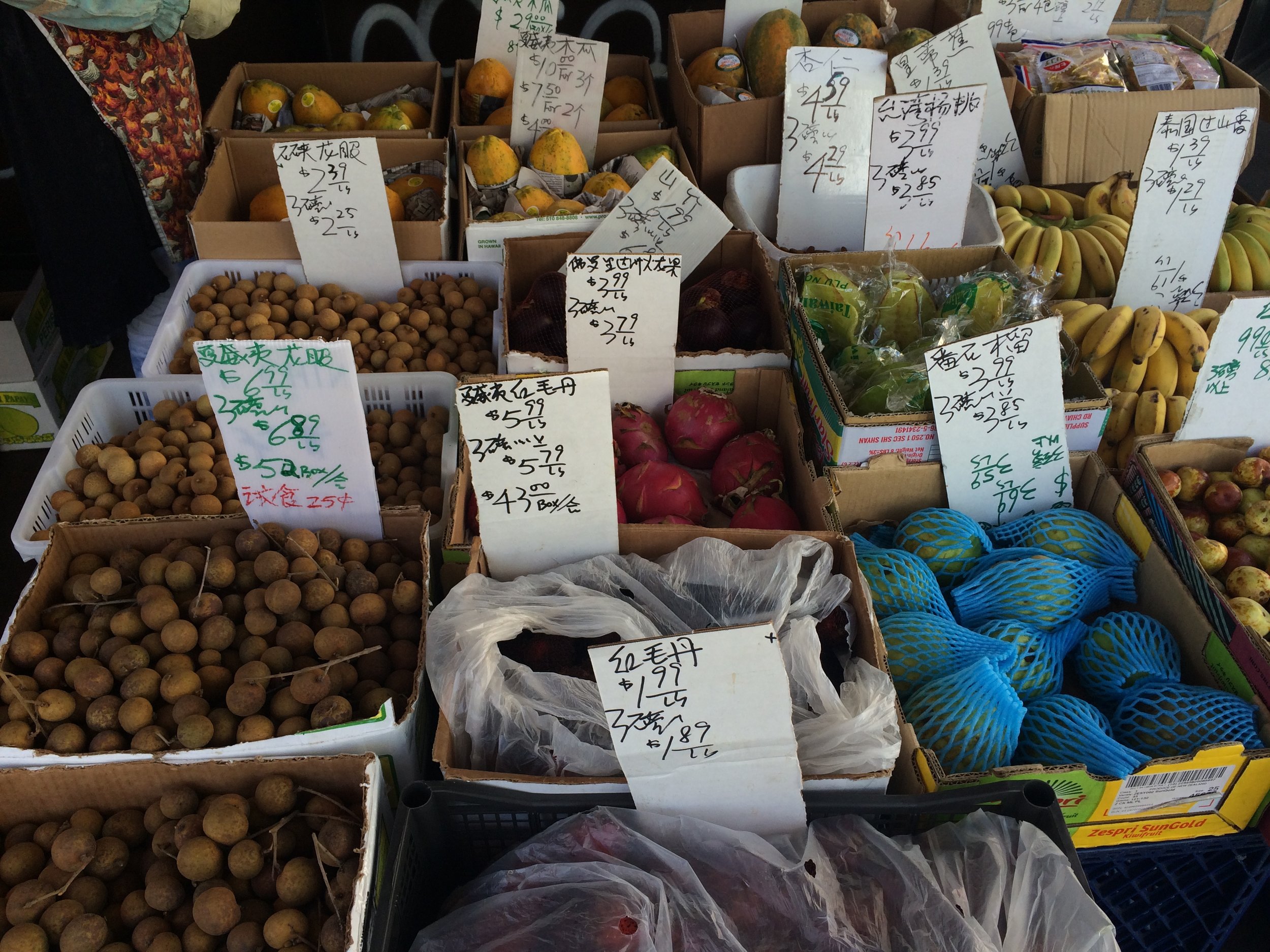
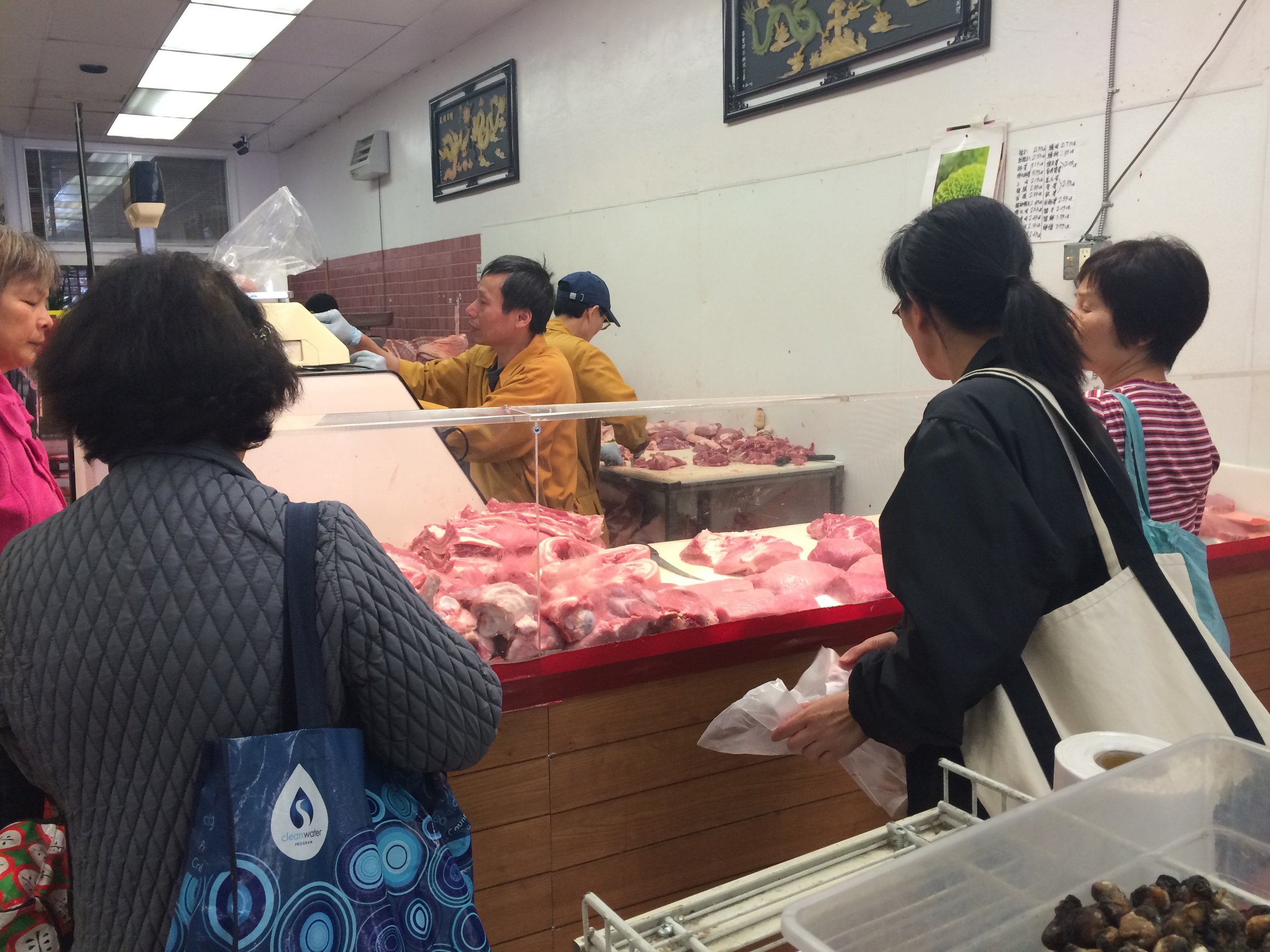
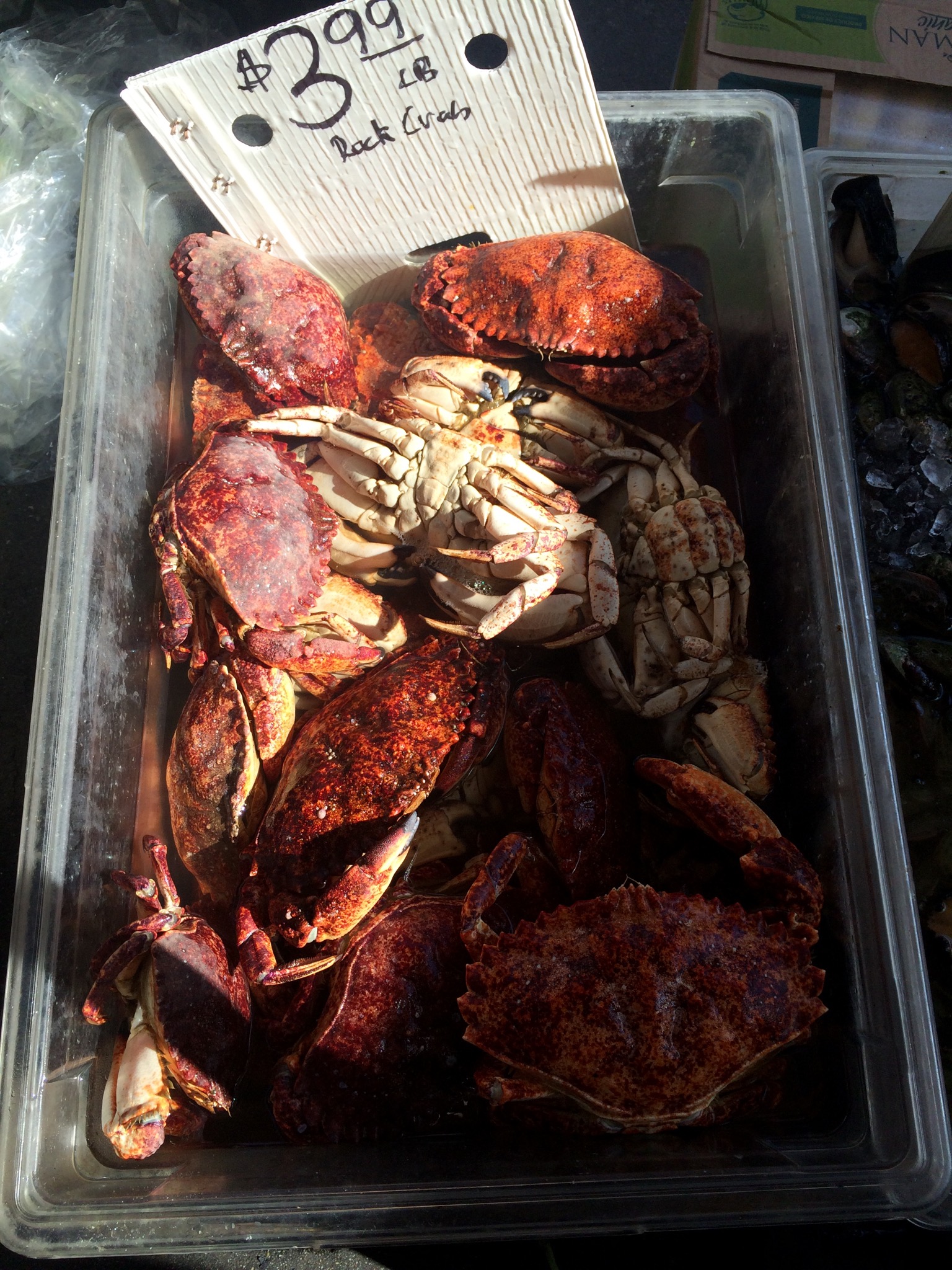
Some say this boat “lost its soul” after its renovation. Still, the kids who play here daily don’t know any different.
Other Activities. And for those family members who aren’t tasked with shopping for the night’s dinner? There’s still plenty to do. Young children often race to Lincoln Elementary School where they can climb the renovated pirate ship or hop on the swings.
Teenagers play a game of pick-up basketball on the courts. Others head to DVD shops to check out the latest kungfu movie releases, and grandfathers meet up with friends in coffee shops to chat about current affairs over a cup on tea. But for young girls, Oakland Chinatown has a place far more enticing, and many of us can recall spending hours here. If you’re an Asian girl and you haven’t squandered at least part of your mother’s paycheck in this store, I’m loath to believe you know Oakland Chinatown. Formerly KV Mart (now Gift Ichiban), this place is a Hello Kitty wonderland:
A Beloved Community. For decades, Oakland Chinatown has been a one-stop shop for families to complete errands and fill their bellies without the hassle of finding parking or navigating through tourists. It’s been a safe place for children to attend Chinese school and for friends to gather for a midnight snack at the former Sun Hong Kong (nowadays, kids head to Shooting Star). This final picture features the graceful dancers of Patty Chu’s dance class, which is held every Saturday inside the Asian Cultural Center of the Pacific Renaissance Plaza. Kungfu, taichi, and even guzheng classes taught by renowned guzheng soloist Winnie Wong are also offered here. Despite the many struggles of the City of Oakland, Oakland Chinatown has managed to serve as a haven for Chinese families.






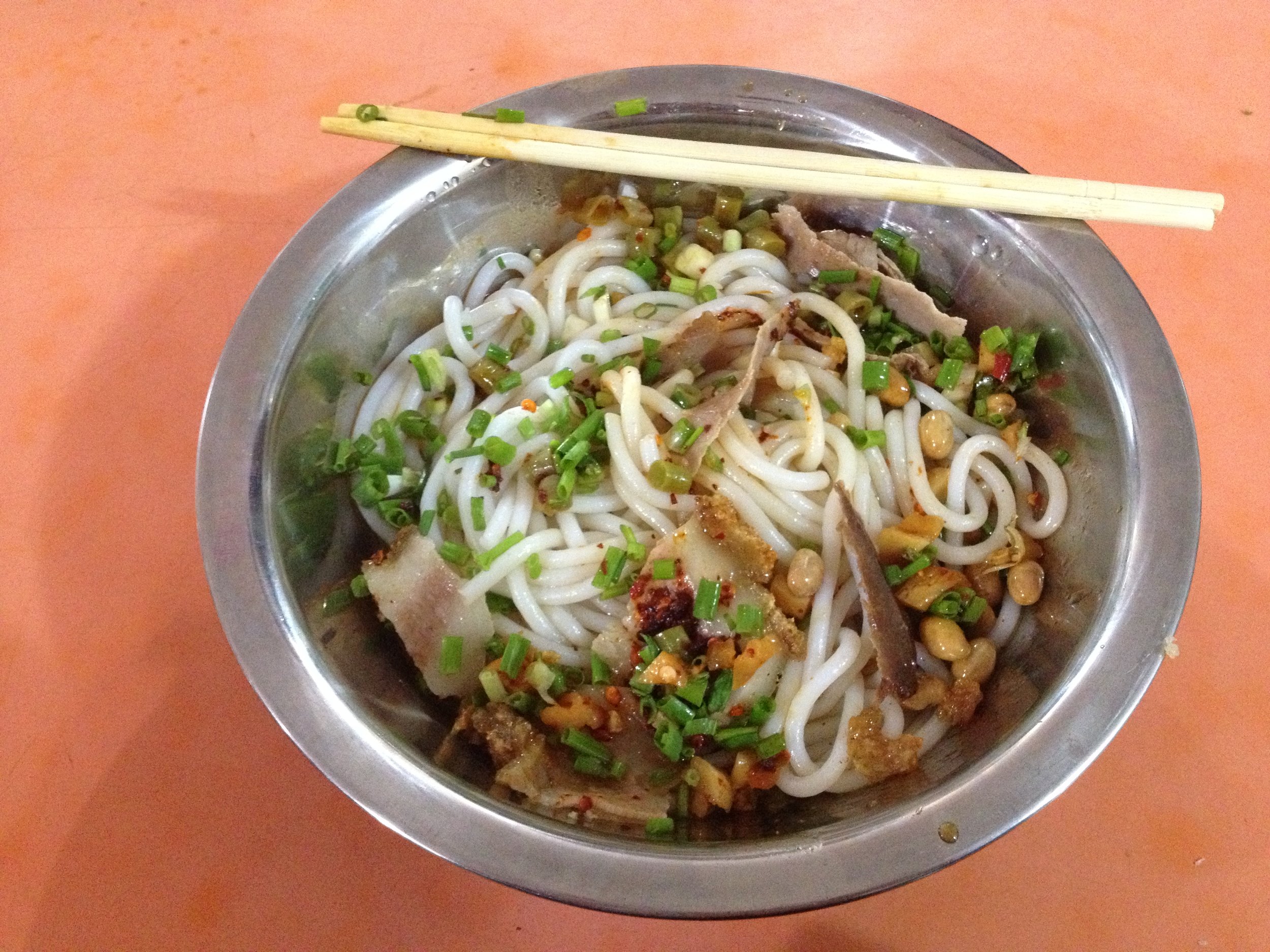
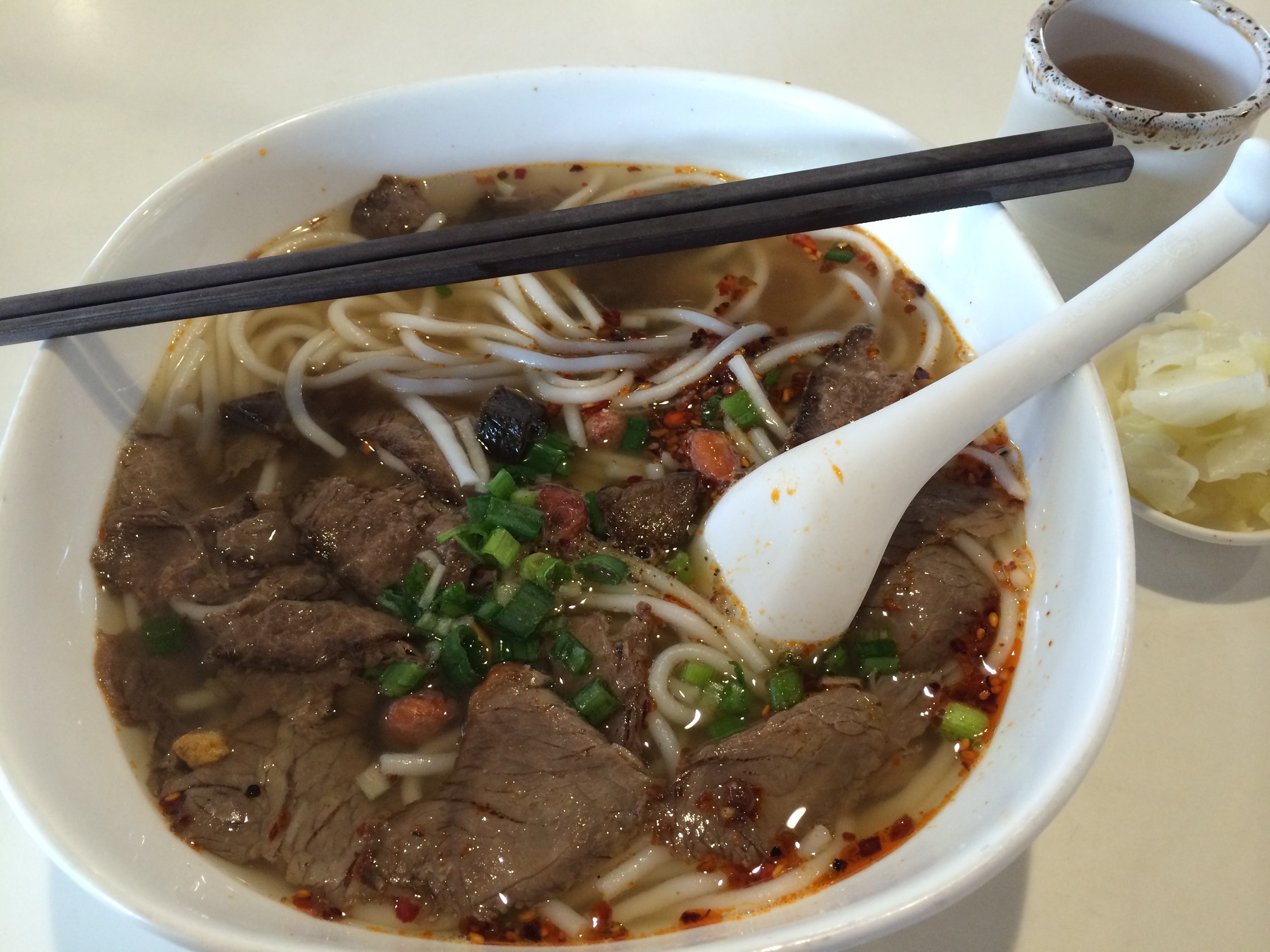


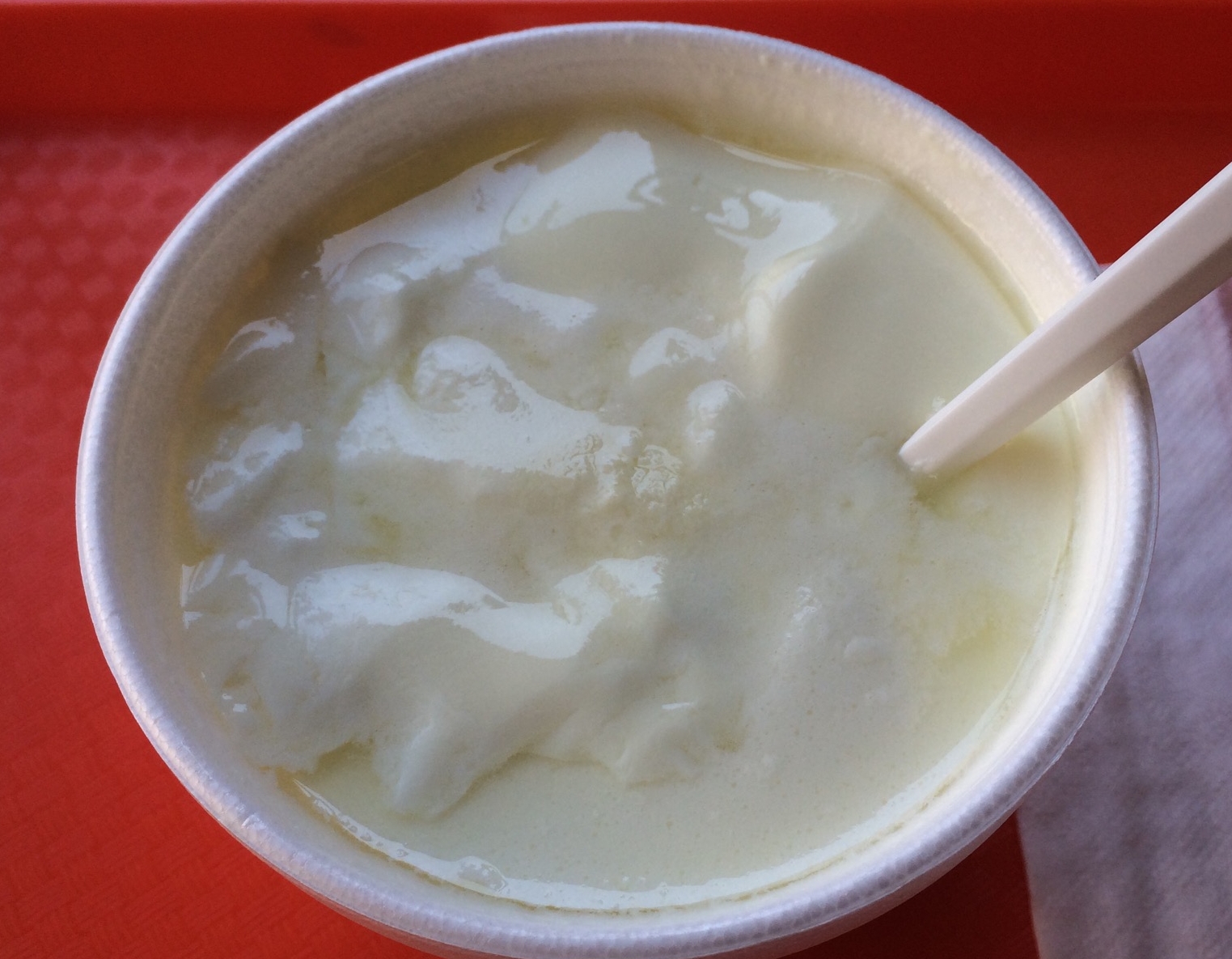





![To Live And Die In L.A. [Chinatown]](https://images.squarespace-cdn.com/content/v1/5a70c23eedaed89d9f30271c/1518285475841-G6IIMG25Q2B76BQEMT98/2014-07-16-15-19-311.jpg)